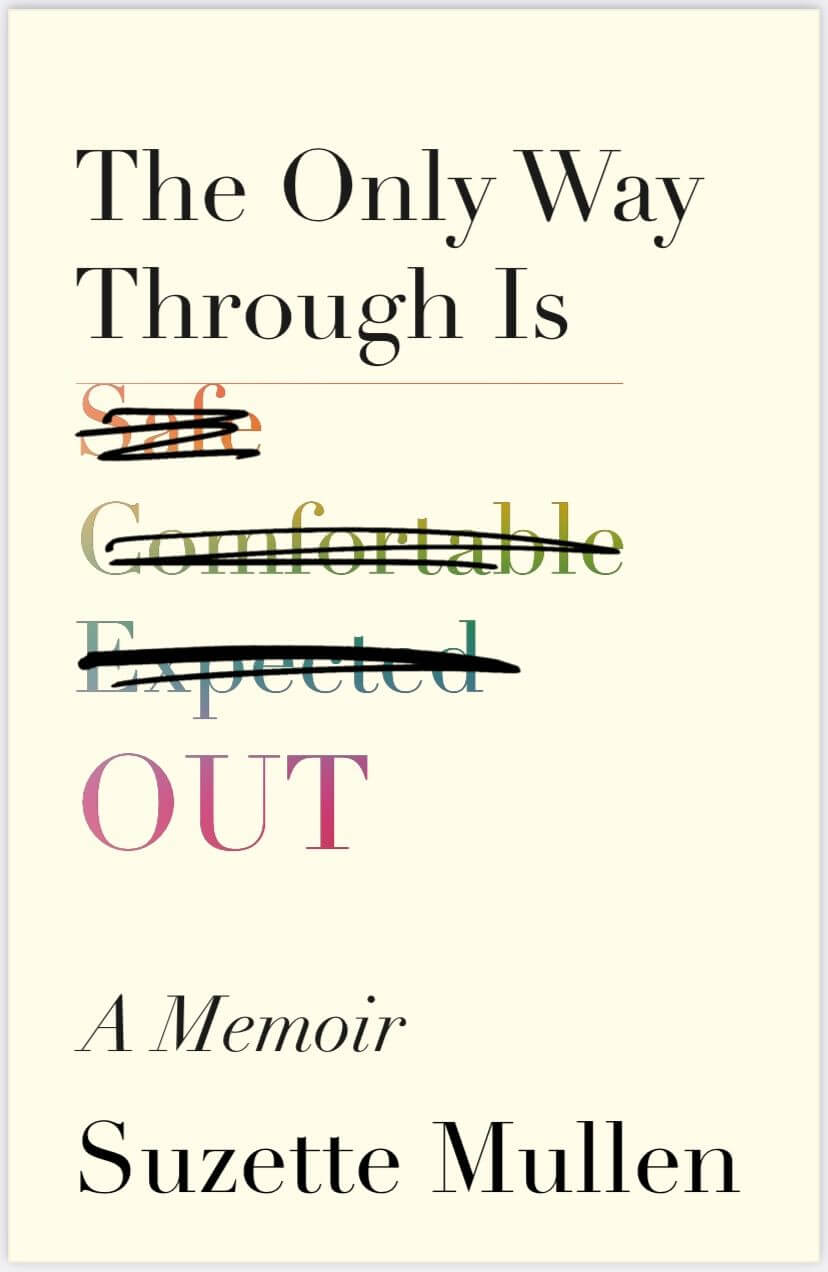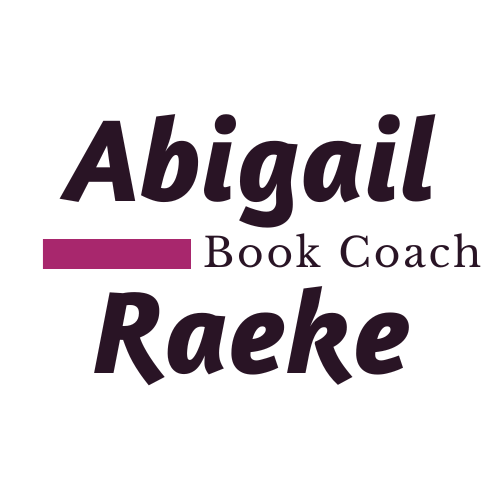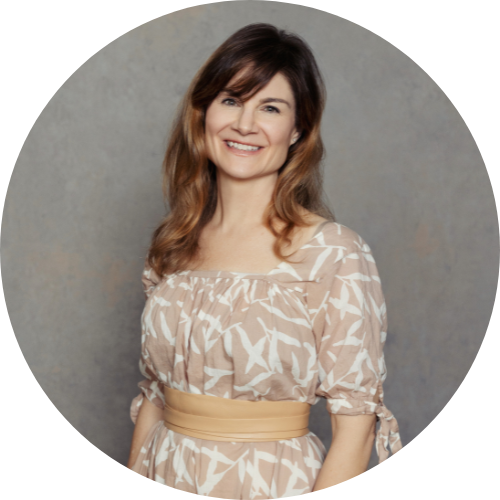When I read, I’m always on the lookout for craft, narrative technique, and story fundamental examples I can share with writers.
So, I was delighted during a recent breakfast chat with author Suzette Mullen, when she articulated a beautiful example of her books’ Take Aways.
Naming your book’s Take Away aka Point aka Controlling Idea aka Main Theme aka Story Guiding Principle can act as a lighthouse-in-the-fog as you write and revise, but this enormously helpful story fundamental is often misunderstood or overlooked.
No wonder, with so much confusing terminology! But it all boils down to one powerful tool for the author.
In this post, I’m going to draw on Suzette’s generous inside-the-process information to demystify the Take Away.
Suzette recently published her memoir The Only Way Through is Out, and is at work on her second (sequel) memoir.

Suzette has appeared in too many publications and talk shows to list – one of the coolest is being named one of Poets & Writers magazine’s 5 over 50! Learn more here.
Suzette summarizes her Take Away from The Only Way Through is Out as: Authenticity is worth the cost.
As a reader, you might light on another way to summarize The Only Way Through is Out. This is what makes book clubs and discussions so rich. Because of course, the book is about many things.
In earlier drafts, Suzette thought her book might be about disenfranchised grief, the kind of grief that society doesn’t generally recognize or acknowledge.
Grief is still an important component, but the more she wrote, the more she began to discover the book was about authenticity. This was more clearly linked to why she was writing the book – the heart of the story she was trying to tell.
I loved the way Suzette described her process, paraphrased here:
At first, you’re just trying to identify the target. You’re not trying to get the bullseye. Once you have a general target (you can shape your book), rather than writing randomly into the void. And as you write, you get closer to the bullseye.

It took many drafts, because so many things happened (as any memoirist or novelist can relate!) but looking for your general target, and working to hone your bullseye, can help you choose pertinent story moments, structure, and refine your book.
Ironically, articulating the one major point or take away helps you structure your story in a way that allows readers to explore its nuance.
Through her process of writing, assessing, and revising, Suzette came to understand the story events in her book added up to: Authenticity has a cost, but it’s worth it.
If you’re thinking, well, that’s pretty general: exactly!
As Author Accelerator coaches, we’re taught to think of the Take Away like a bumper sticker – it’s a universal truth.
Suzette’s singular experiences and telling make the story unique.
She was excited to be able to articulate the Take Away for her next book, the one she’s currently working on, as: Authenticity is a journey, not a destination.
To be clear, boiling down a Take Away/Point takes work. Suzette wrote and got feedback from a book coach to help refine her point for her second memoir.
As she says:
Part of what we’re doing (when we write) is to understand (the story) for ourselves.
And now the structural/refining work begins:
I know the “big moments” (plot turning points) of the book, and I have a loose idea of its structure. Now that I have clarity about what the book is about, that has to get woven in from beginning to end.
I continue writing vignettes that I know I need to write.
And as she writes, she’s asking these important questions:
How does that point impact the beginning of the narrative arc?How do I learn that “truth?”
She also acknowledges:
It can be intimidating once you know the point of your book – I’d rather explore!
I can definitely relate to that!
So, writers, explore away, and when you’re ready to assess and revise, think about your general target. What is your book about? What most interests you in this story? What are you trying to say?
I’ll leave you with these quotes from Shawn Coyne from his book The Story Grid; What Good Editors Know:
Wanting to say something and understanding exactly what it is you are trying to say is the most difficult thing to crack.…Many writers don’t have a clue of what their theme is until far into the writing process.…But once the controlling idea of the Story becomes concrete for the writer, and this may take far longer than you can possibly imagine, the Story will come to life. Problems will resolve themselves. Decisions will become much easier to make and the work becomes far more pleasurable.




0 Comments